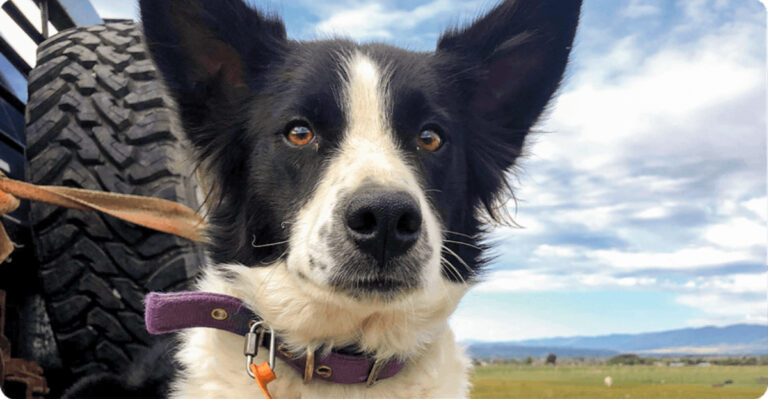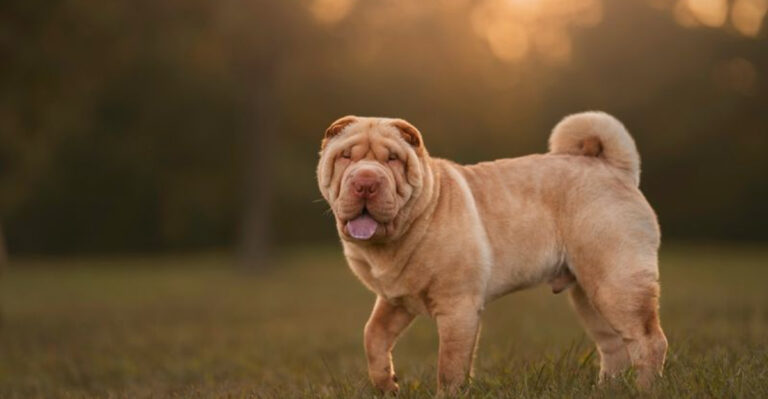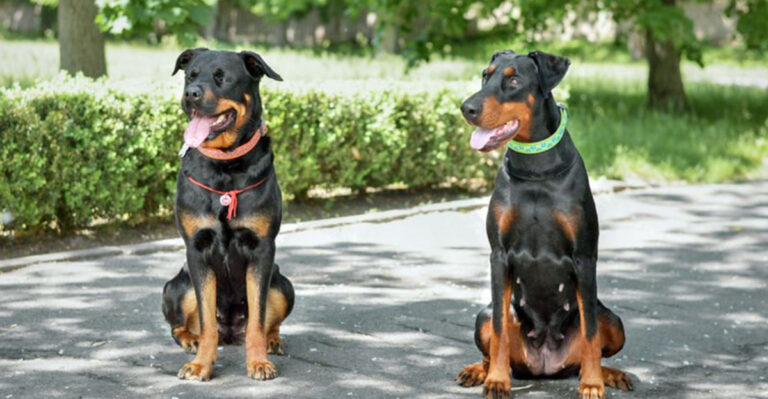Exploring Nature’s Biggest Birds, From Andean Condors To Kori Bustards
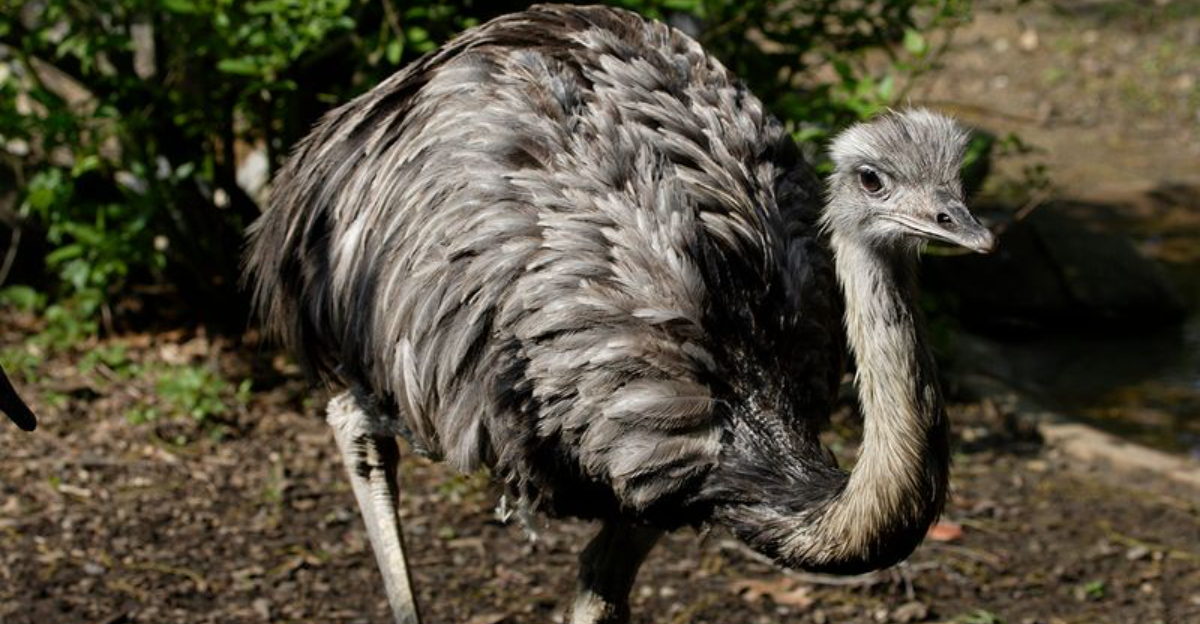
Birds come in all shapes and sizes, but some truly stand out for their massive proportions. From soaring high in the Andes to strutting across African savannas, these feathered giants capture our imagination with their impressive wingspans and unique adaptations.
Join me as we meet Earth’s most magnificent avian heavyweights and discover what makes each one special.
Andean Condor
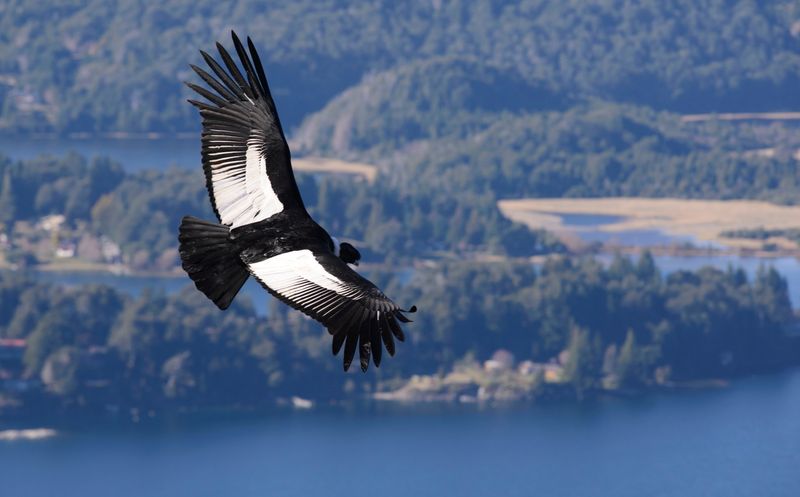
Soaring majestically above the Andes Mountains, these magnificent scavengers hold a sacred place in South American culture. Their enormous 10.5-foot wingspan enables them to ride thermal currents for hours without a single wing flap.
These remarkable birds can live up to 70 years in the wild, making them one of the longest-lived bird species on Earth.
Kori Bustard
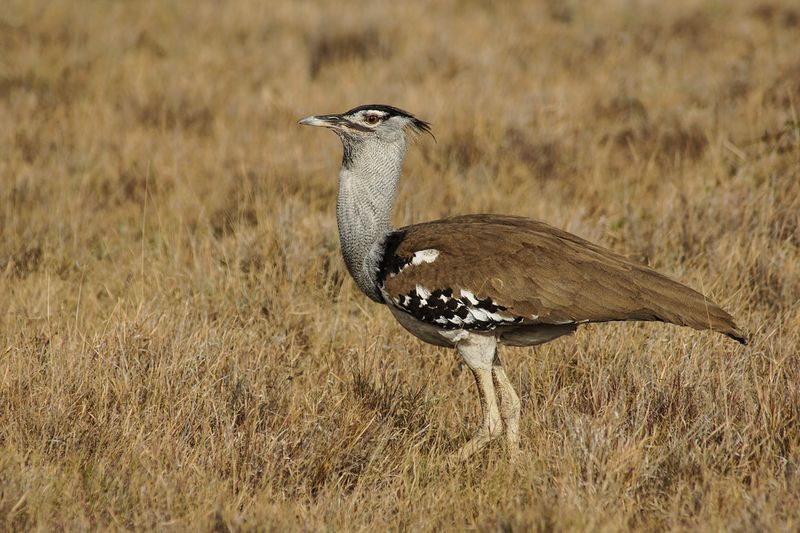
Africa’s heaviest flying bird struts across the savanna with surprising grace despite weighing up to 40 pounds. Males transform during courtship, inflating their necks like balloons and fluffing their feathers to appear three times larger.
These ground-dwelling giants prefer walking to flying and will only take to the air when absolutely necessary.
Ostrich
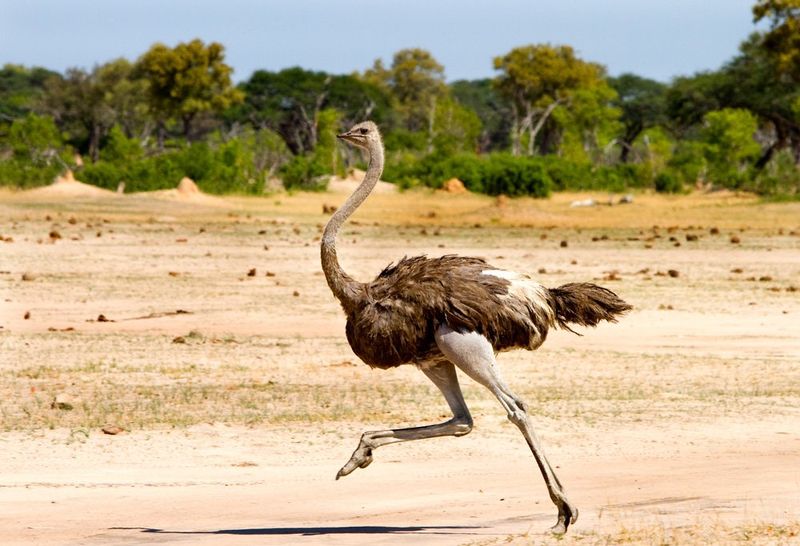
Standing taller than most humans at 9 feet, these flightless wonders rule African plains with their powerful legs. Don’t be fooled by the myth – ostriches never bury their heads in sand!
Their enormous eyes, nearly 2 inches across, are actually bigger than their brains. When threatened, they can sprint faster than many horses, reaching speeds of 45 mph.
Emu
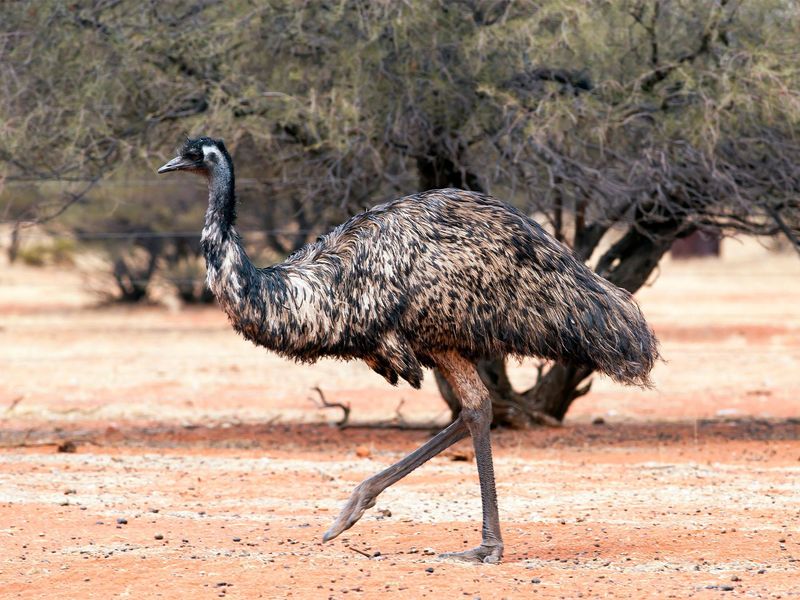
Australia’s iconic feathered giant races across the Outback on powerful legs that can deliver deadly kicks when threatened. Unlike their ostrich cousins, emus possess unusual swimming abilities, confidently crossing rivers and lakes when necessary.
Male emus handle all parenting duties, fasting for eight weeks while incubating eggs and losing up to one-third of their body weight.
Cassowary
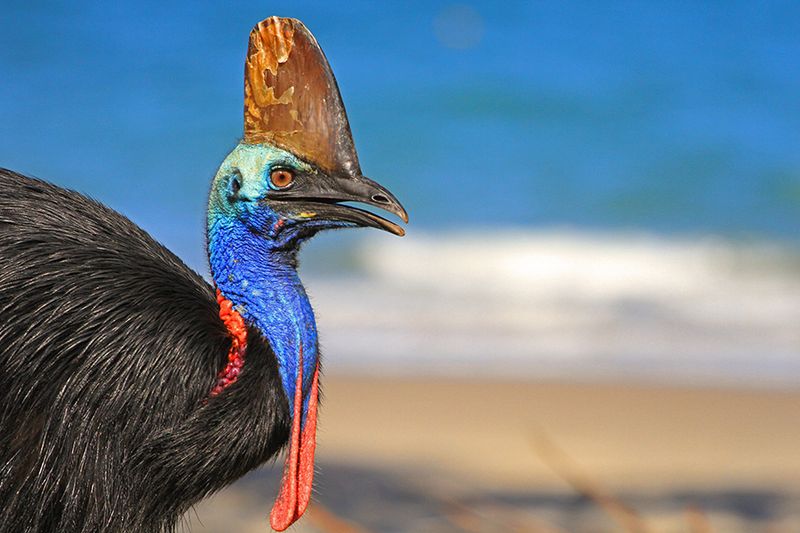
Crowned with a mysterious helmet-like casque, these prehistoric-looking rainforest dwellers are often called the world’s most dangerous birds. Their middle toe sports a dagger-like 5-inch claw that can slice through predators with a single kick.
Despite their fearsome reputation, cassowaries play a vital role as rainforest gardeners, spreading seeds throughout their territory.
Greater Rhea
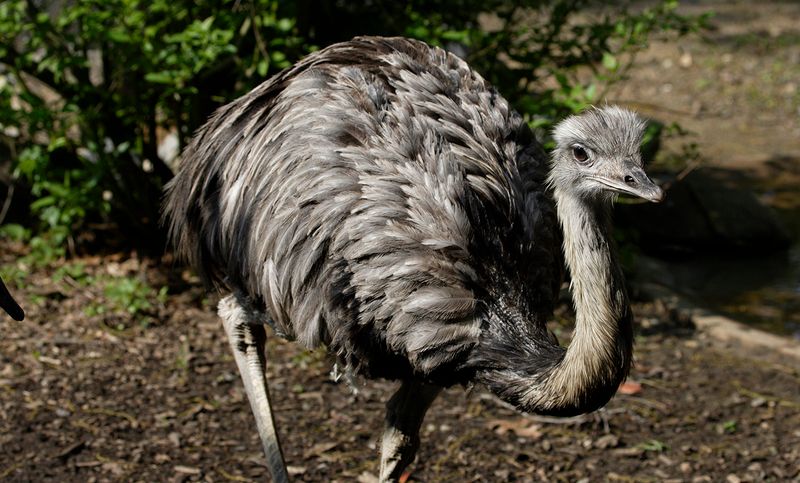
Galloping across South American grasslands, these flightless birds resemble miniature ostriches with their long necks and fluffy plumage. What makes rheas truly fascinating is their unusual breeding system – males collect eggs from multiple females into a single nest.
A devoted father, the male rhea fiercely protects his mixed-parentage brood for up to six months after hatching.
King Vulture

Draped in black and white plumage like formal attire, the king vulture rules the skies of Central and South American forests. Its head explodes with color – a kaleidoscope of orange, red, purple, and yellow skin that seems almost artificially painted.
Despite their regal appearance, these birds are nature’s cleanup crew, using their powerful beaks to tear open carcasses that other scavengers cannot breach.
Albatross

Masters of the open ocean, albatrosses can spend years at sea without ever touching land. Their astonishing 11-foot wingspans – the longest of any living bird – are perfectly designed for soaring effortlessly on ocean winds.
These seafaring marathoners form lifelong bonds with their mates, performing elaborate synchronized dances that grow more synchronized with each passing year of their partnership.
Whooper Swan
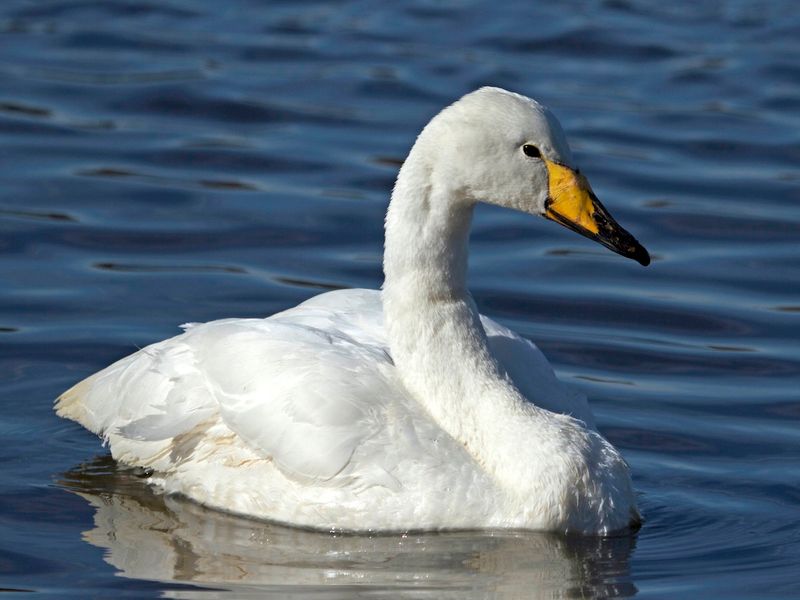
Gleaming white against winter landscapes, these musical giants announce themselves with trumpet-like calls that carry for miles across frozen lakes. Their 8-foot wingspans power incredible migrations between Arctic breeding grounds and temperate wintering areas.
Whooper swans mate for life, sometimes exceeding 20 years together. Their cygnets can often be seen riding on parents’ backs during their first weeks of life.
Harpy Eagle
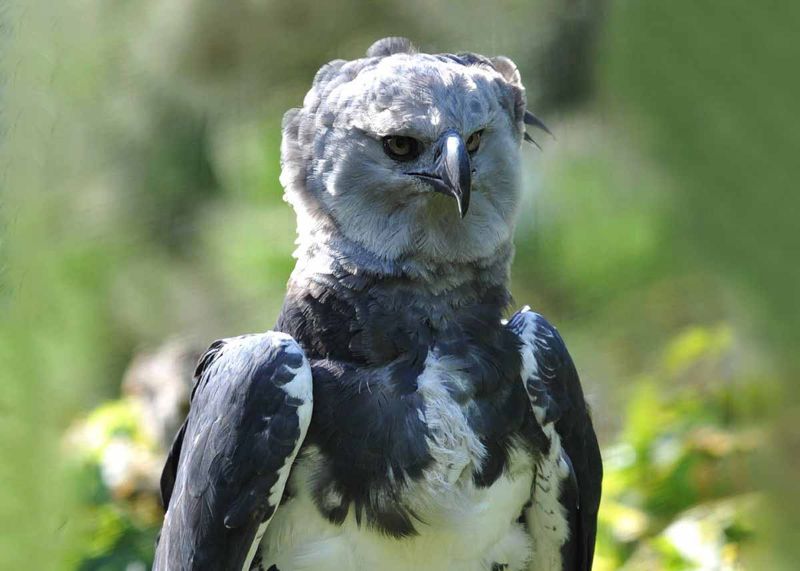
Ruling the rainforest canopy like a crowned monarch, the harpy eagle’s piercing gaze and impressive size strike fear into monkeys and sloths alike. Their talons match the claws of grizzly bears in size – powerful enough to snatch up 17-pound prey.
Female harpies outweigh males by nearly double, reaching 20 pounds. These forest phantoms build massive nests that they may use for decades.
Secretary Bird
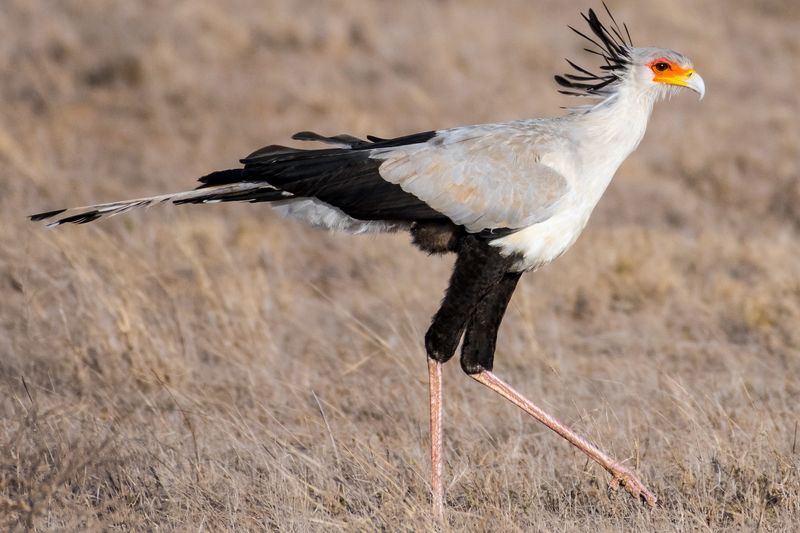
Strutting across African grasslands on stilt-like legs, these elegant birds look like they’re wearing formal business attire. Black quill-like feathers stick up from their heads like old-fashioned secretary’s pens – giving them their unusual name.
These avian snake hunters don’t use their beaks to kill; instead, they stomp their prey to death with lightning-fast kicks that deliver five times their body weight in force.
Vulture Species
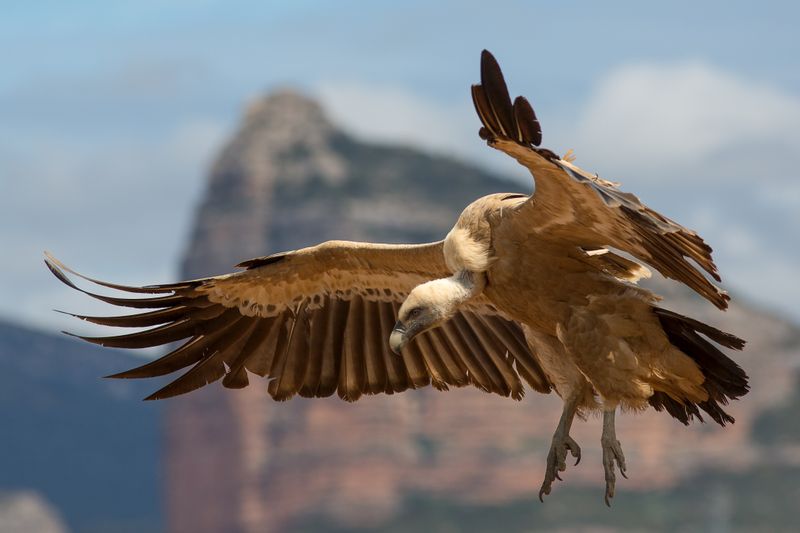
Nature’s ultimate recycling crew, these massive birds transform death back into life across diverse landscapes. The griffon vulture’s 10-foot wingspan allows it to ride thermals for hundreds of miles daily in search of carrion.
Their bald heads aren’t a fashion statement but a brilliant adaptation. When feeding inside carcasses, featherless skin stays clean of blood and rotting flesh that would otherwise harbor dangerous bacteria.

